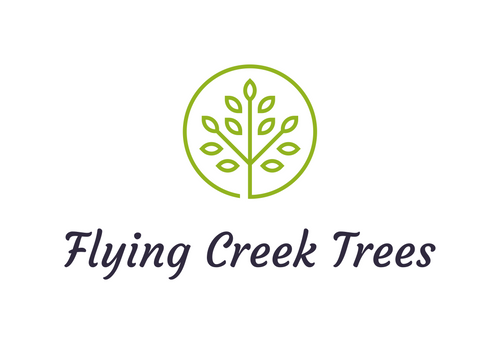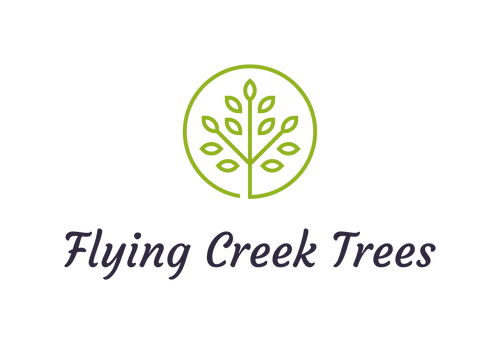Introduction
A well-designed shelterbelt is a long-term investment that provides numerous benefits for landowners, including wind protection, moisture retention, improved biodiversity, and enhanced agricultural productivity. Whether you are looking to reduce wind erosion, create a microclimate for crops, or establish a wildlife habitat, careful planning is essential for success. This guide outlines the key considerations and steps to designing an effective shelterbelt for your property.
1. Determine Your Objectives
Before designing your shelterbelt, identify your specific goals:
-
Wind Protection: Reduces wind speed and creates a more favorable environment for crops and livestock.
-
Snow Control: Helps prevent excessive snow accumulation in unwanted areas and directs snow to where it is beneficial.
-
Privacy and Aesthetics: Creates a natural barrier for visual screening and noise reduction.
-
Wildlife Habitat: Provides food and shelter for birds and other wildlife.
-
Soil and Water Conservation: Reduces soil erosion and enhances water retention in dry areas.
2. Selecting the Right Location
Shelterbelts should be strategically placed to maximize their effectiveness. The orientation should be perpendicular to prevailing winds, typically along the north and west sides of your property in the Canadian Prairies. Key placement considerations include:
-
Distance from buildings and roads: Avoid planting too close to buildings, as this can lead to excessive snow accumulation. A minimum of 30 meters (100 feet) from structures is recommended.
-
Soil and moisture conditions: Choose species suited to your soil type and moisture levels.
-
Property boundaries and regulations: Check local municipal guidelines regarding setbacks and property line restrictions.
3. Shelterbelt Design & Row Configuration
The effectiveness of a shelterbelt depends on its structure. A multi-row design (3 to 5 rows) is typically most effective:
-
Row 1 (Outer Row): Shrubs (e.g., Caragana, Villosa Lilac, Saskatoon Berry) act as a wind and snow trap.
-
Row 2: Fast-growing Deciduous Trees (e.g., Poplar, Willow, Aspen) provide quick initial protection.
-
Row 3: Long-lived Deciduous Trees (e.g., Manitoba Maple, Bur Oak) add structure and longevity.
-
Row 4 & 5 (Inner Rows): Dense Coniferous (e.g., White Spruce, Scots Pine) provide year-round wind protection and shelter.
4. Spacing and Planting Recommendations
Proper spacing ensures healthy tree growth and maximizes the windbreak effect:
-
Between rows: 5-6 meters (16-20 feet) for large trees, 3-5 meters (10-15 feet) for shrubs.
-
Between trees in a row: 2-3 meters (6-10 feet) for deciduous trees, 3-5 meters (10-15 feet) for conifers, 1 meter (3 feet) for shrubs.
-
Total width of a shelterbelt: 20-30 meters (65-100 feet) for a 5-row design.
5. Planting and Establishment
-
Site Preparation: Clear weeds and prepare the soil before planting.
-
Planting Timing: Spring planting is ideal when soil moisture is high.
-
Mulching: Helps retain moisture and suppress weeds.
-
Watering and Maintenance: Regular watering is critical during the first few years.
6. Long-Term Care and Maintenance
Shelterbelts require ongoing care to remain effective:
-
Weed Control: Regular cultivation or mulching to reduce competition. Be sure not to disturb the tree roots with cultivation as they will grow close to the surface.
-
Pruning and Thinning: Encourages healthy growth and airflow.
-
Pest and Disease Management: Monitor for signs of stress and take action as needed.
-
Replanting: Replace dead or declining trees to maintain shelterbelt integrity.
Conclusion
A properly designed shelterbelt is a valuable asset for any property, providing protection, improving land productivity, and enhancing biodiversity. By carefully selecting species, spacing, and maintenance practices, you can create a shelterbelt that offers lasting benefits for generations to come.
For expert advice and high-quality seedlings, visit www.flyingcreektrees.ca today!


